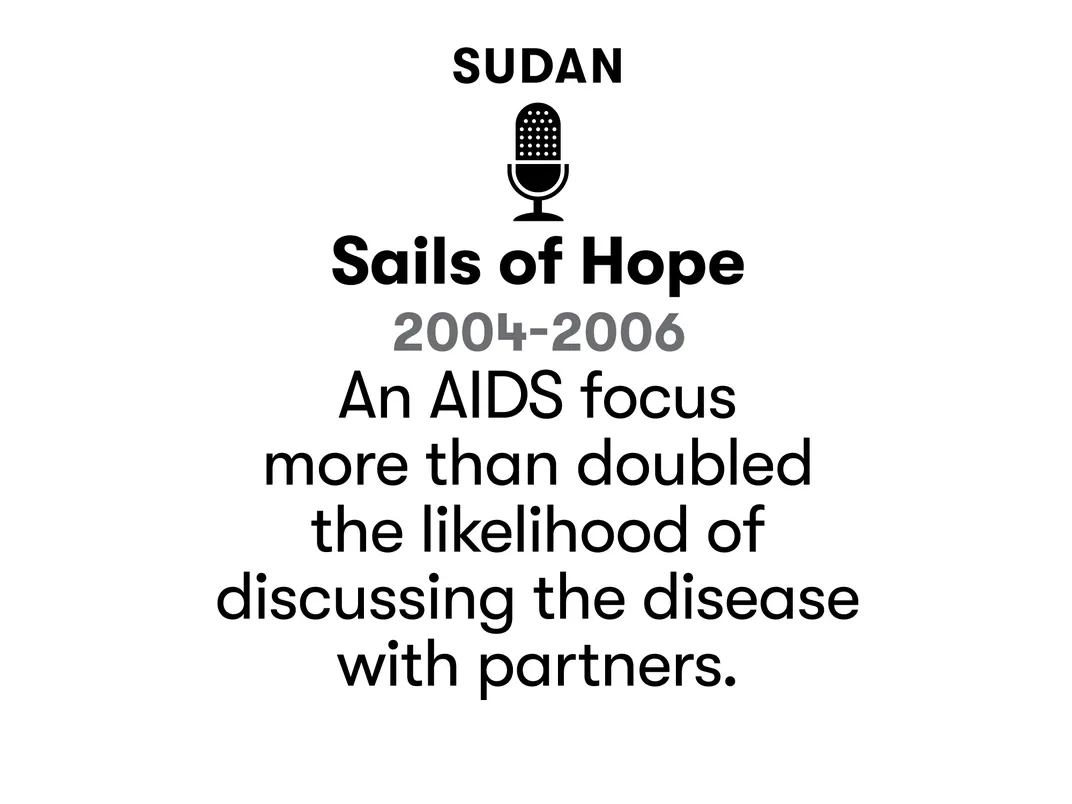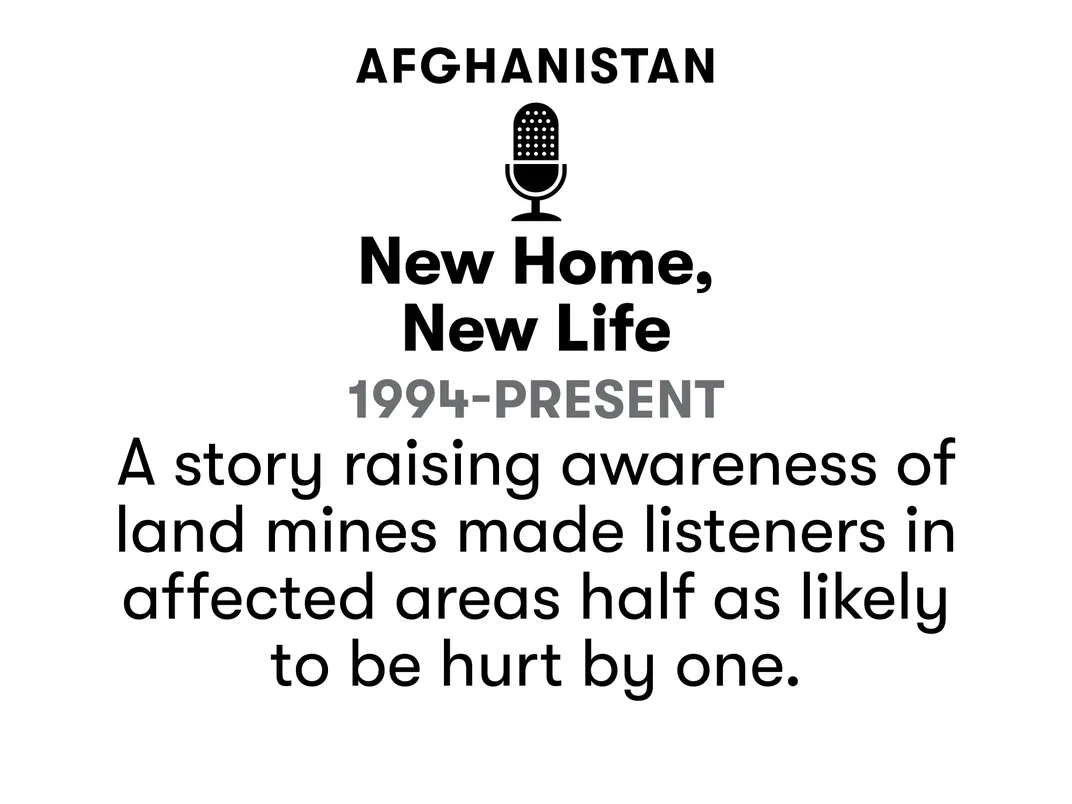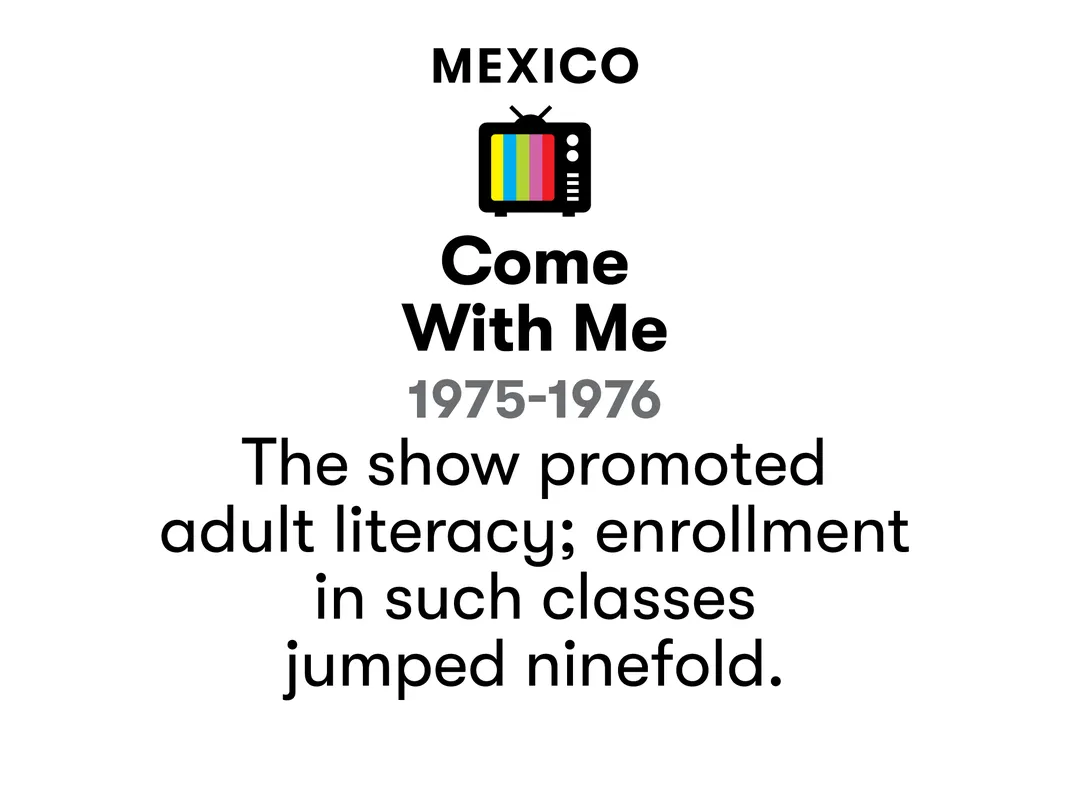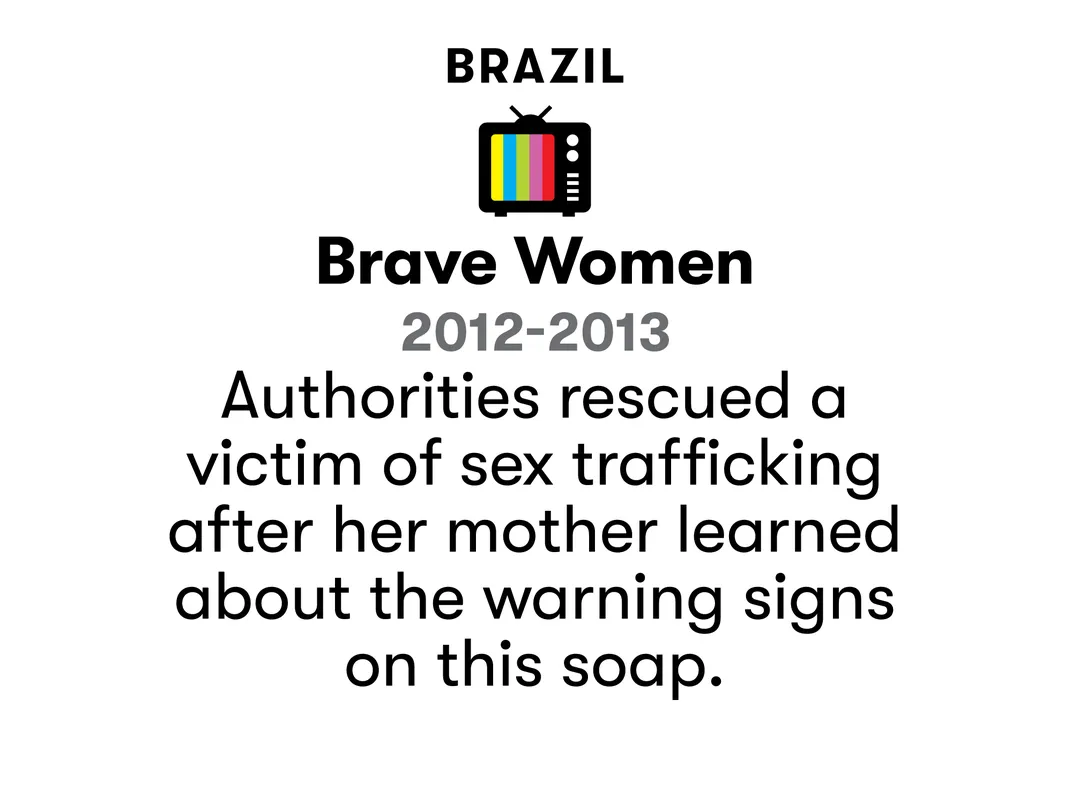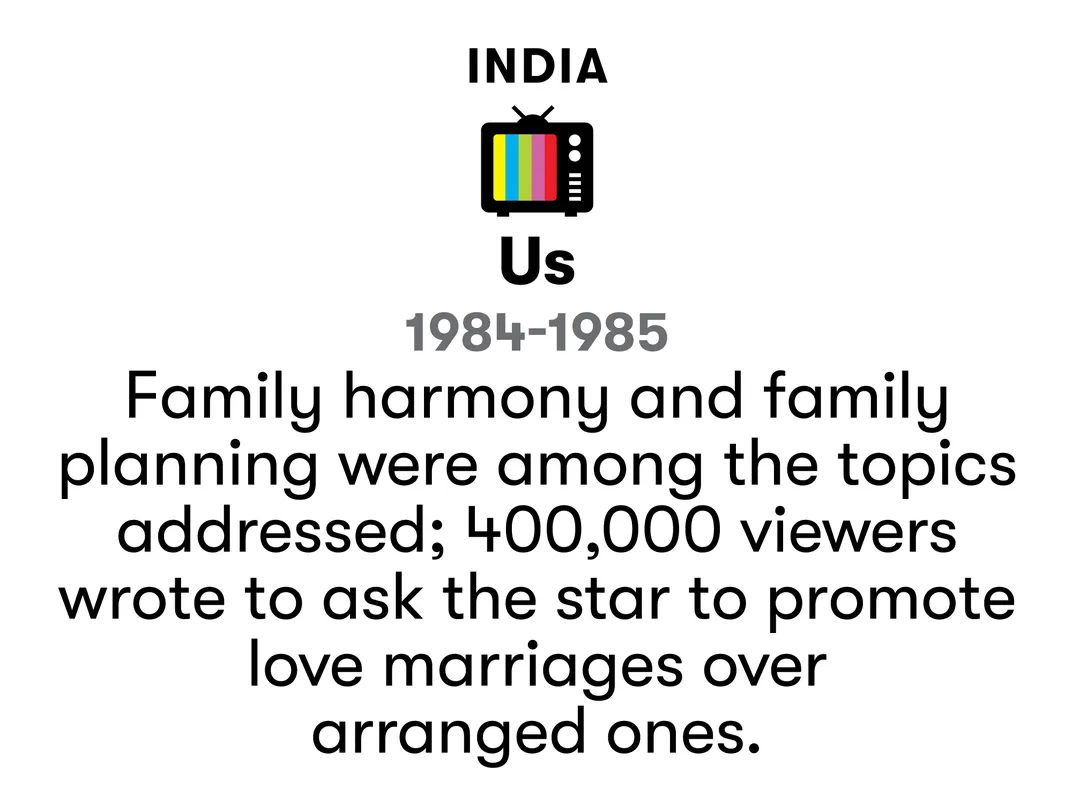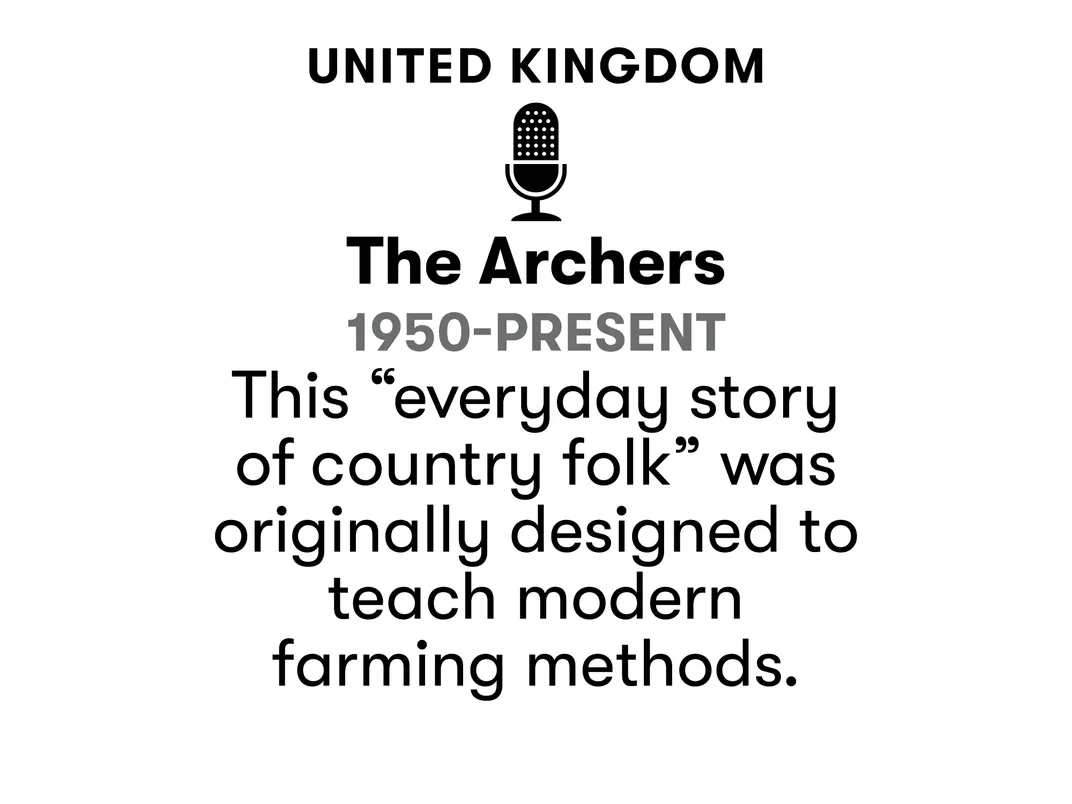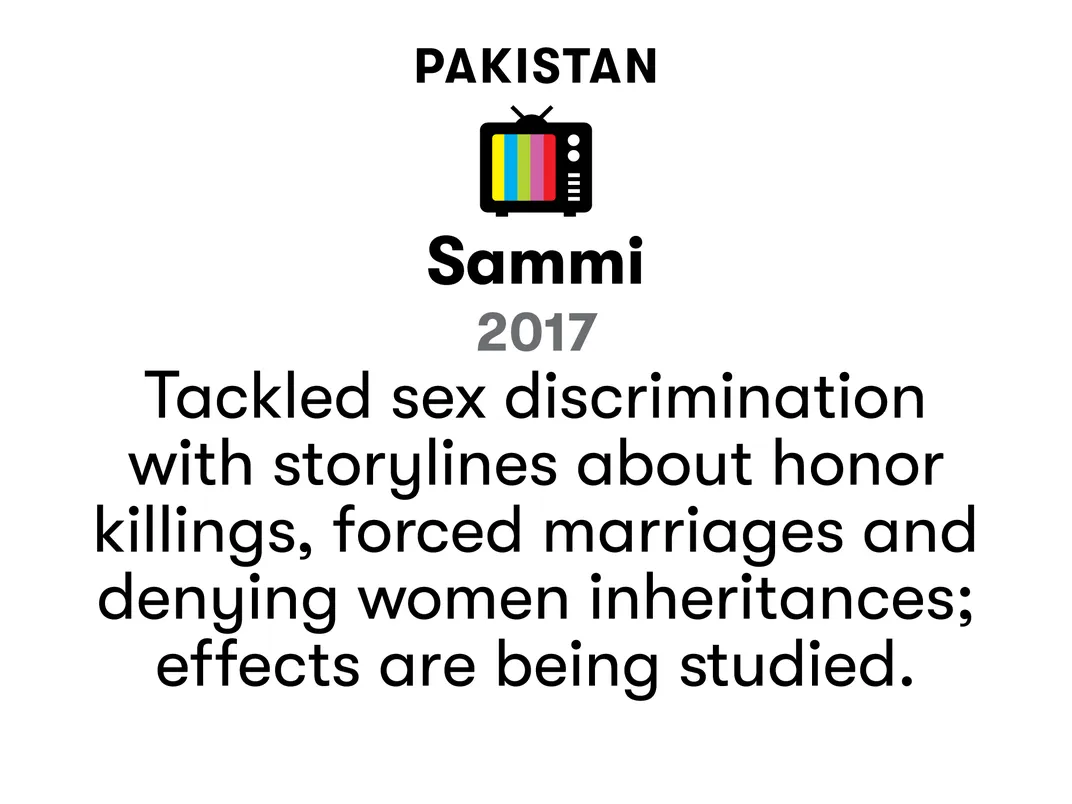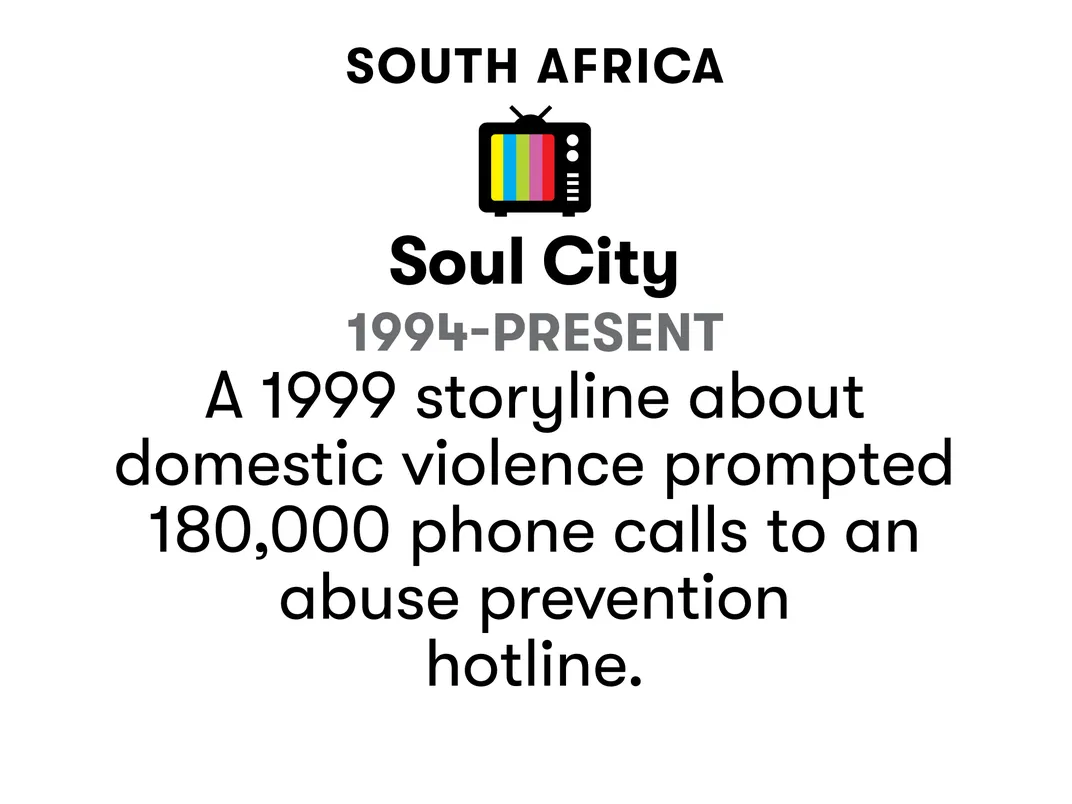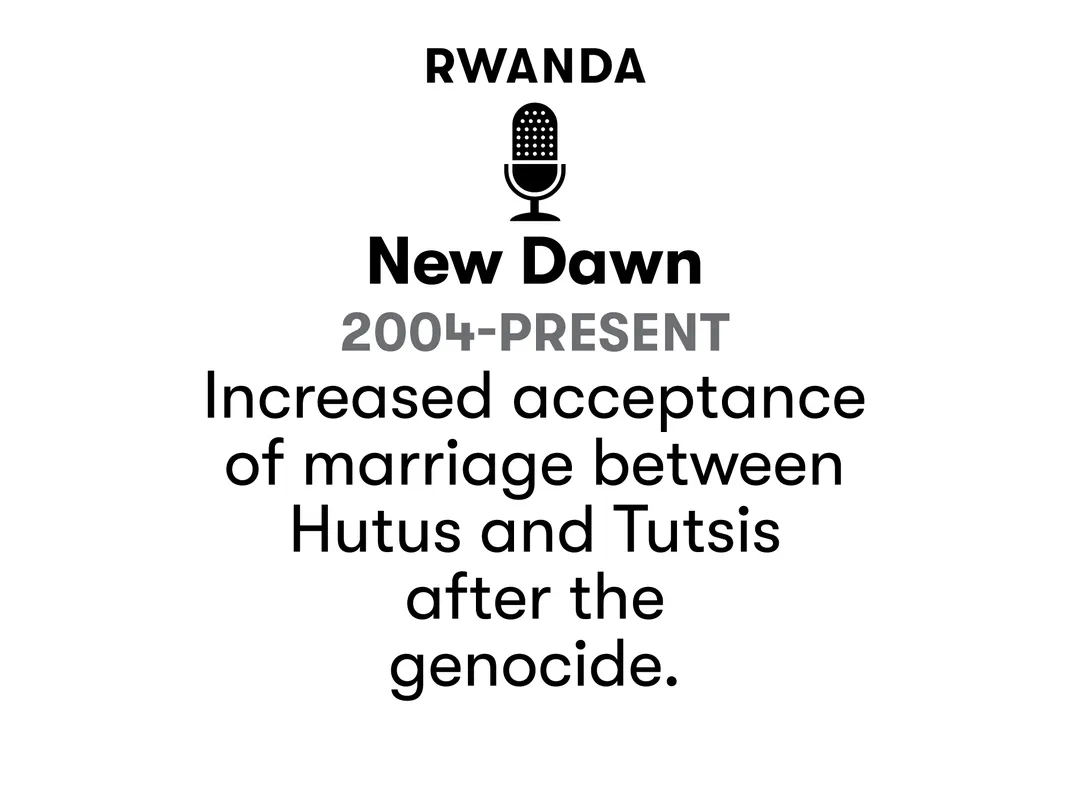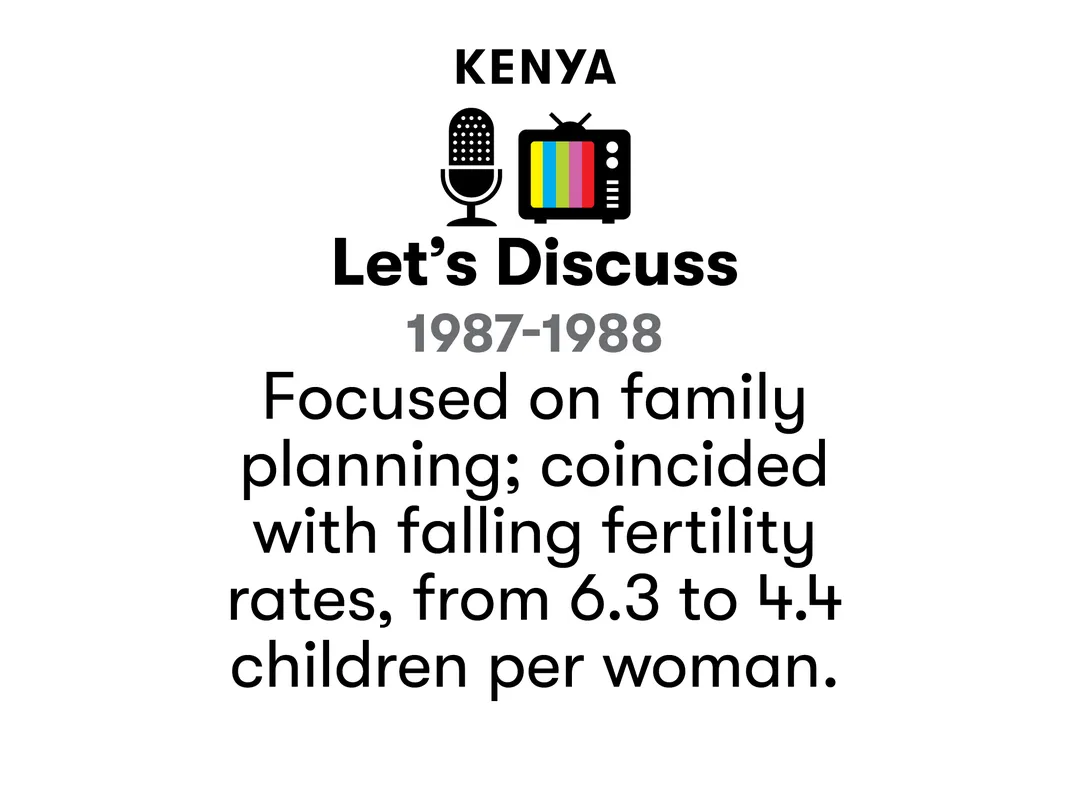For 70 Years, the Soap Opera Has Shaped American Pop Culture
The much-maligned genre has been resurrected as prestige TV
:focal(400x289:401x290)/https://tf-cmsv2-smithsonianmag-media.s3.amazonaws.com/filer/50/15/501519c0-e46b-47ab-8545-725fca898743/soap-opera-for-lead.jpg)
Long before Daenerys Targaryen commanded her dragons to torch armies of White Walkers in “Game of Thrones,” another strong, visionary woman sparked the revolution that makes today’s epic entertainment so profitable, if not plausible.
Irna Phillips, a scriptwriter and radio actor, led the way with a bold innovation whose impact on world culture everyone underestimated: “These Are My Children,” the first daytime serial television drama, which she created 70 years ago. Phillips went on to turn her successful radio drama “Guiding Light” into a TV soap opera in 1952 and also launched “As the World Turns” (1956) and “Another World” (1964).
Critics, of course, hated TV’s newest dramas. “Last week television caught the dread disease of radio—soapoperitis,” Pathfinder news magazine complained when “These Are My Children” debuted. Trade publication Variety found the show to be of “no visual interest.” But television soap operas, largely created by women for women, were soon attracting tens of millions of viewers and driving network revenue.
Midcentury housewives had more free time to tune in than did previous generations of women, thanks partly to innovations such as the automatic dishwasher and clothes dryer. And marketers were keen to tap the buying power of this vast new demographic—as evidenced by the detergent ads that originally gave rise to the sudsy nickname in the 1930s. By 1970, the three major networks were airing a total of 18 daytime serials.
Daytime soaps, televised five days a week and 52 weeks a year, were far less polished than prime-time fare. Actors often ad-libbed, and productions were rushed. Small, minimally lighted sets with lots of shadows created a stagy look that was surprisingly well suited to the small black-and-white screen and heightened the melodramatic mood. Most significant, though, the story lines were open-ended and could stretch for weeks, months, even decades. War and Peace is a day at the beach compared with “All My Children,” which starred Susan Lucci as Erica Kane for 41 years, and “One Life to Live,” featuring Erika Slezak as Victoria Lord for 42.
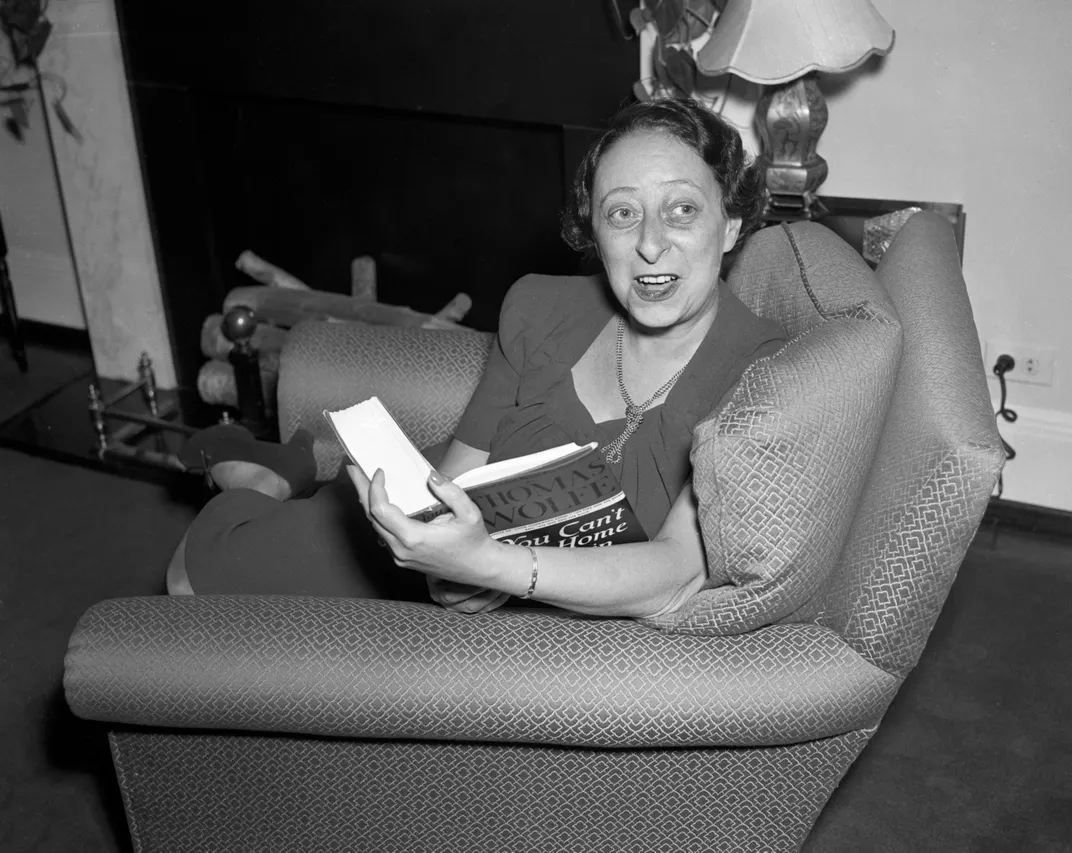
And what stories! Cheating spouses, secret babies, evil twins, amnesia, ghosts, time travel and vampires, not to mention the horrors of raising teenagers. No matter how outrageous, the twisting plots were grounded in the great American postwar preoccupations of family and romance. And unlike the flawless housewives on prime time, the women on the soaps were allowed flawed marriages, rotten kids and successful careers. In the fictional town of Port Charles, where “General Hospital” is set, both the police chief and the head cardiologist have been female. And, shockingly, soaps featured women over 40 who didn’t dress like Aunt Bee.
There was a freedom in being dismissed as trite: The soaps slipped past the naysayers who ruled the evening lineup and eagerly tackled controversial topics. “Another World” dramatized a woman’s decision to have an abortion—in 1964, nine years before the landmark decision of Roe v. Wade. “One Life to Live” featured interracial romances in 1968 and gay characters appeared on the show in 1992, six years before “Will & Grace.” In the 1990s “General Hospital” confronted a reality that Americans were reluctant to deal with—HIV and AIDS.
“Soap operas were much more progressive than they were given credit for in their era,” says Tara McPherson, professor at the University of Southern California’s School of Cinematic Arts. “I’m certain the first interracial kiss my grandmother ever saw, in Baton Rouge, was on a soap opera. Having characters come into women’s homes from a different world had consequences that were certainly more positive than negative.”
And yet (cue the organ music) not even a soap opera can last forever. Only four are being produced for daytime network TV today: “Days of Our Lives,” “General Hospital,” “The Bold and the Beautiful” and “The Young and the Restless.” In 1981, “General Hospital” averaged about 14 million viewers and an astounding 30 million tuned in to watch Laura and Luke’s wedding. Now the top-rated “The Young and the Restless” averages about four million.
One reason for the decline is that, with more people working outside the home, fewer watch daytime TV. And they have infinitely more options, with cable channels galore as well as DVRs and streaming services that make it possible to watch any of the prime-time dramas that stole the soap opera’s soul and then eloped with its fan base. It was the soaps’ character-driven, boundary-pushing, scripted serials that laid the foundation for today’s critically acclaimed hits, from the dystopian drama “The Handmaid’s Tale” to the spy girl thriller “Killing Eve.” “It’s impossible to imagine TV’s golden age right now without the narrative structure that comes from soap operas,” says McPherson. But after decades of looking down on daytime serials, actually admitting that “prestige TV” owes more to Susan Lucci than Shakespeare sounds as absurd as, well, a soap opera.
Guiding Lights
How America's frothiest export has tackled weighty issues on TV and radio worldwide—and improved people's lives
Research by Sonya Maynard
